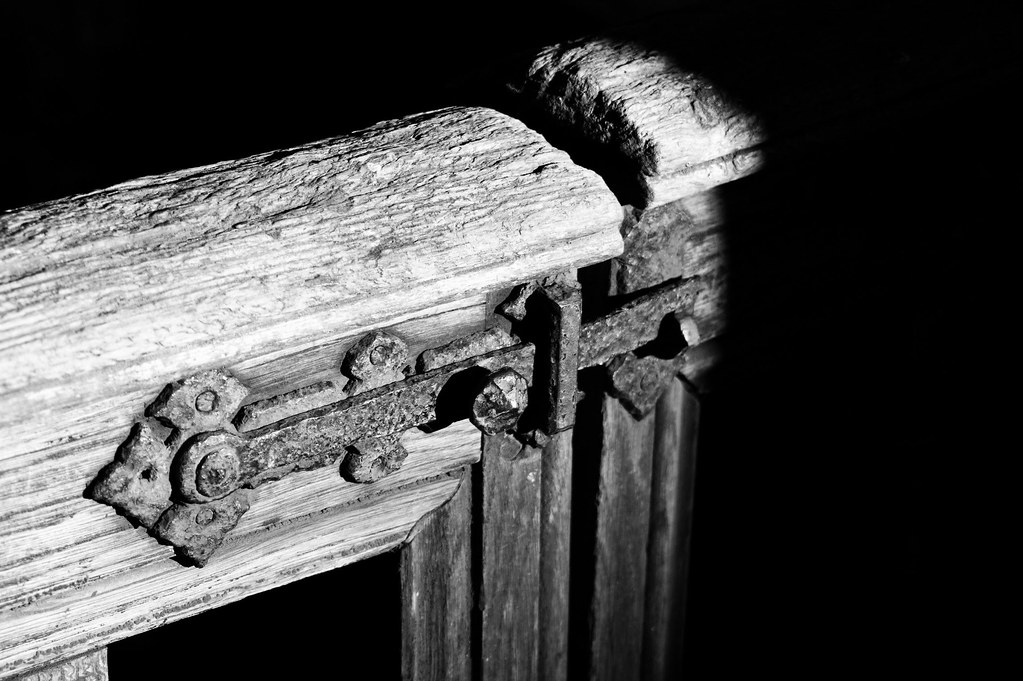You may be wondering: Shouldn’t we always place the main subject of a photograph, or the main focus point, out of the center of the scene for better photo composition? Isn’t that what the rule of thirds says? Well, in fact, it is perfectly possible to create a well-composed photograph with the subject positioned exactly in the center of the image. There are also occasions when it is necessary to position the focal point far from the center of the frame. Not necessarily on a third of the image, but anywhere between the center and the edge. When composing your image, don’t think about whether or not you should place the focal point on a third party. There are several other better questions to ask, such as: Is there enough space around the main element of the image for it to “breathe”? Are there any highlights near the edges that might grab the viewer’s attention? ? How will the viewer’s gaze move over the photograph? This question can be partially answered during editing, when you can lighten or darken parts of the photo to guide this aspect. ? How to make this photo as interesting as possible? The answers to these questions influence the decisions you make about your photographic composition.
To illustrate different types of photographic composition in which the main object of the image is not in the center of the image, we will use some photos of photographer Andrew S. Gibson. La photo below was taken at Prince Gong’s mansion in Beijing. found this child hanging from these rotating objects. While photographing behind red curtains, Gibson decided to place both elements in the image, bringing the child closer to the left corner.
- In the case of the next photo.
- Gibson recorded a child moving towards the cat.
- The movement is from left to right.
- To give the idea of speed.
- The photographer decided to bring the child closer to the point of origin of the movement.
- If he had stayed in the center of the photograph there would have been a lot of empty space left.
In the following image, there are two focal points. The main point is the open flower on the left, but the closed flower also draws attention in this photographic composition, which means that the viewer’s gaze moves between the spotlights, so it is interesting to leave these two dots on opposite sides of the photograph. Composition.
In the case of concert photographs, it is also important to place music in one of the corners of the photograph, the main reason is the context. For a more interesting photographic composition in case of musical concerts, it is preferable to include other band members and musical instruments so that the viewer understands what is happening.
In this case, photographer Andrew Gigbson wanted to put in the same photographic composition the architectural details and the child who was present at the scene at the time. Architecture and children represent Beijing’s culture and everyday life. And photography is this: save the beauties, but it also records the culture.

